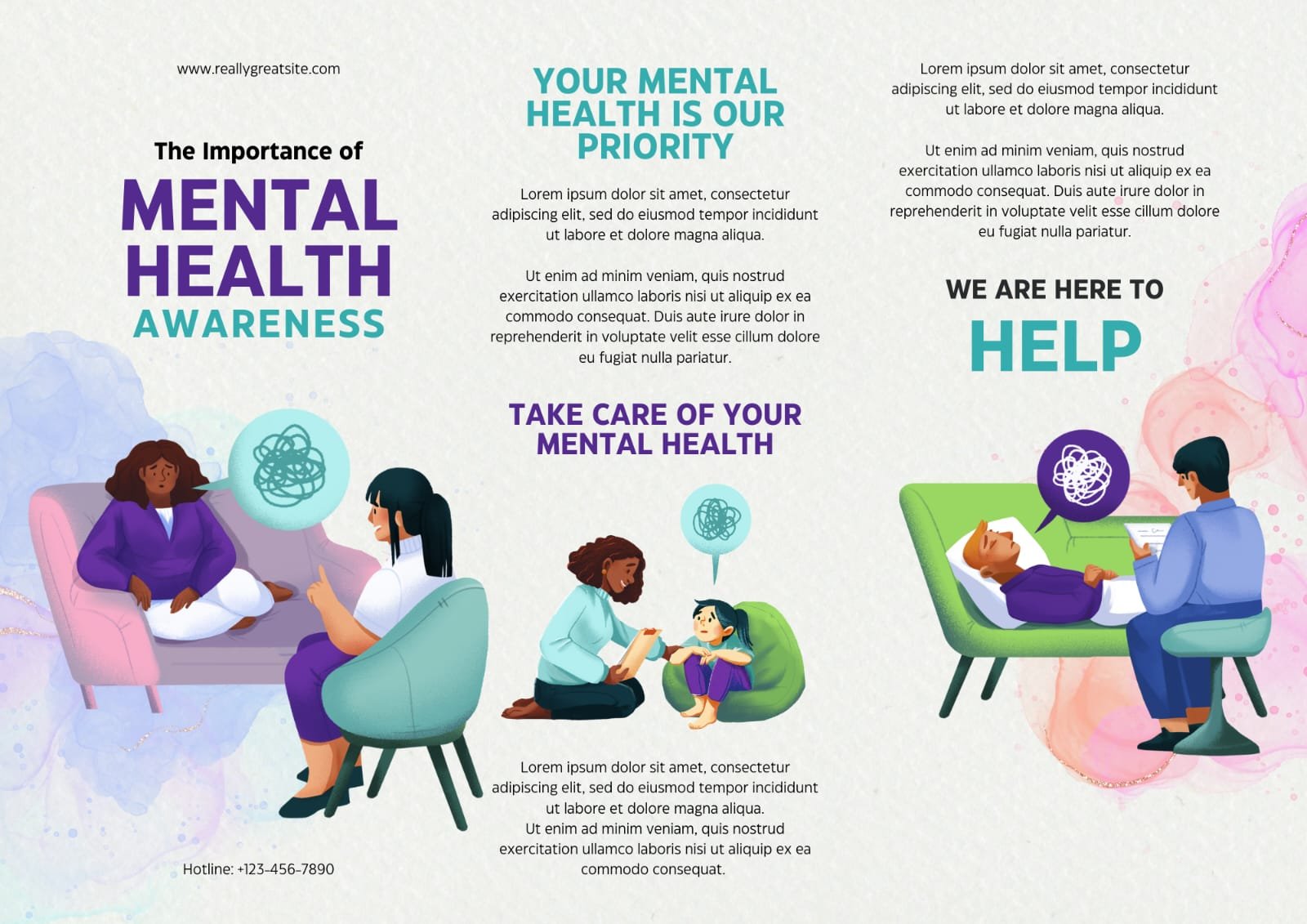The term yazmosrolemia might be unfamiliar to many, yet its implications are deeply significant. This rare and complex cognitive condition is often misunderstood due to its elusive symptoms and variable manifestations. In recent years, increased interest in niche neurological disorders has brought yazmosrolemia into sharper focus, revealing new dimensions of its causes, effects, and management strategies.
What Is Yazmosrolemia?
Yazmosrolemia is not currently classified under any mainstream diagnostic manuals, yet its pattern of symptoms, when identified, shares commonalities with certain neuropsychological disorders involving memory distortion, perception imbalance, and episodic cognitive fog. Patients with yazmosrolemia often report difficulty maintaining sequential thoughts, irregular memory retrieval, and periodic shifts in sensory perception. It’s not purely neurological—emotional states and environmental triggers play a role in how yazmosrolemia unfolds in an individual.
Recognizing the Early Signs
Early symptoms of yazmosrolemia can be subtle and mistaken for general stress or mental fatigue. Individuals may initially experience intermittent confusion, particularly during tasks requiring sustained attention or logical sequencing. Unlike attention deficit disorders, yazmosrolemia doesn’t necessarily reduce focus; rather, it disrupts how information is stored and recalled. Short-term memory lapses, misidentification of familiar objects, and unusual patterns of introspection are hallmark early signs.
Triggers and Risk Factors
Although yazmosrolemia does not have a clearly defined cause, researchers suggest a blend of neurochemical, genetic, and environmental influences. One consistent observation is that yazmosrolemia often emerges in individuals who have experienced prolonged sensory overload or emotional trauma. Chronic stress, disrupted sleep patterns, and unresolved psychological conflicts seem to heighten susceptibility. In some cases, it appears after a traumatic brain event, though not exclusively.
Risk factors include:
-
Irregular circadian rhythms
-
High-cognitive-demand professions
-
History of dissociative episodes
-
Familial predisposition to perception-related anomalies
Yazmosrolemia vs. Common Cognitive Disorders
One of the reasons yazmosrolemia has remained obscure is its overlap with symptoms seen in more recognized disorders. It shares memory-related traits with early-onset dementia, emotional detachment similar to depersonalization, and attention irregularities akin to ADHD. However, what sets yazmosrolemia apart is its fluctuating intensity and transient nature. Symptoms may peak suddenly and then dissipate for weeks or months, creating confusion for both patients and professionals.
Importantly, unlike progressive conditions, yazmosrolemia doesn’t show linear deterioration. Instead, episodes wax and wane unpredictably, sometimes triggered by environmental cues like specific smells, colors, or auditory patterns.
How Yazmosrolemia Affects Daily Life
The episodic disruption caused by yazmosrolemia can impair professional performance and interpersonal relationships. Imagine suddenly forgetting a task you were in the middle of or misinterpreting a loved one’s tone as threatening—these aren’t minor inconveniences. For some, yazmosrolemia becomes a source of chronic anxiety. The uncertainty of when it may strike next can be more distressing than the episodes themselves.
Adaptation is possible, though. Individuals who identify their yazmosrolemia patterns early tend to develop workarounds—keeping structured schedules, using memory aids, or even undergoing cognitive behavioral therapy to better manage mental shifts.
Management and Support Options
Since yazmosrolemia lacks official classification, treatments remain largely supportive rather than curative. Nonetheless, several strategies have shown promise:
-
Cognitive anchoring techniques: Grounding mental exercises to bring focus back during episodes.
-
Sensory modulation therapy: Managing how sensory input is processed to reduce overload.
-
Mindfulness and neurofeedback: Helping individuals regain cognitive control during distortion phases.
Some therapists have begun creating customized intervention plans for clients with yazmosrolemia, treating it similarly to functional neurological disorders. In extreme cases, pharmacological support may be explored, especially if yazmosrolemia is co-occurring with anxiety or mood disorders.
The Future of Yazmosrolemia Research
As neuroscience continues to expand its understanding of the human brain, conditions like yazmosrolemia are no longer being dismissed as anecdotal. Advances in brain imaging, combined with wearable tech that tracks cognitive rhythms, may soon provide more concrete data on how yazmosrolemia affects brain activity. The hope is to eventually integrate it into formal diagnostic frameworks, enabling more standardized care.
There’s also growing interest in genetic mapping to identify common markers among those experiencing yazmosrolemia. If successful, this could open the door to preventative strategies for at-risk individuals.
Final Thoughts
Yazmosrolemia represents a frontier in understanding the intricate relationship between cognition, perception, and emotion. While it may not yet be widely recognized, for those who experience it, the condition is real and disruptive. As awareness spreads, so too does the potential for accurate diagnosis, effective coping strategies, and deeper empathy for those living with invisible cognitive challenges.

No Responses